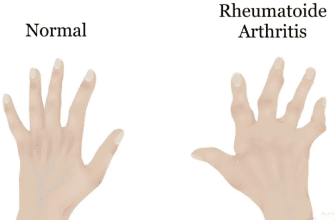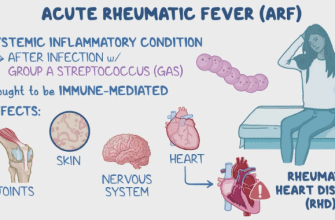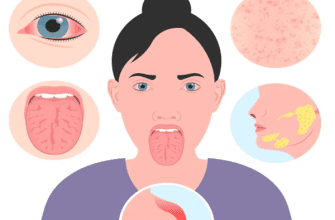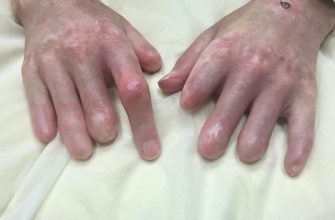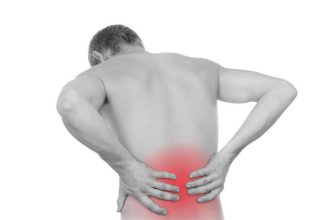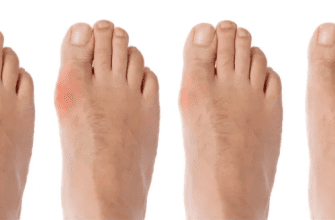Congenital Clubfoot: A Comprehensive Guide
What It Is
Congenital clubfoot, also known as talipes equinovarus, is a common birth defect where a baby’s foot is twisted out of its normal position. The term “congenital” means it is present at birth. In clubfoot, the foot is turned inward and downward, and the arch of the foot is often highly curved. It can affect one foot (unilateral) or both feet (bilateral). It is not painful for the infant but must be treated early to allow for normal walking and function later in life.
Types
Clubfoot is generally categorized into two main types:
- Isolated (Idiopathic) Clubfoot: This is the most common form (about 80% of cases). It occurs in an otherwise healthy child with no other medical conditions. Its exact cause is unknown but is believed to involve a combination of genetic and environmental factors.
- Non-Isolated Clubfoot: This occurs in association with other underlying neuromuscular conditions, such as:
- Neurogenic: Related to conditions like spina bifida or cerebral palsy.
- Syndromic: Part of a broader genetic syndrome (e.g., arthrogryposis, diastrophic dysplasia).
Another way to classify it is by its rigidity:
- Postional Clubfoot (not true clubfoot): A mild flexibility where the foot can be manually moved to a neutral position. This is often due to positioning in the womb and may resolve with stretching.
- True Clubfoot: Involves fixed rigidity of the foot bones, tendons, and ligaments.
Symptoms
The deformity is visible at birth and has distinct characteristics:
- Foot turned downward (equinus): The heel is lifted, and the toes point down.
- Foot turned inward (varus): The front of the foot is angled toward the other foot.
- High arch (cavus): The bottom of the foot has a deep crease with a high arch.
- Tight Achilles tendon: The heel cord is very tight, contributing to the downward pull.
- Underdeveloped calf muscles: The calf on the affected leg may be smaller and less developed.
Diagnosis
- Prenatal Ultrasound: Clubfoot can often be detected during a routine ultrasound in the second trimester. This allows parents to prepare and learn about treatment options before birth.
- Physical Examination at Birth: The primary diagnostic tool. A pediatrician or orthopedic surgeon can diagnose clubfoot simply by looking at the foot’s position and assessing its rigidity.
- X-rays: Are rarely needed for a classic clubfoot diagnosis in a newborn but may be used later to assess the alignment of the bones before or after treatment.
Prevention
There is no known way to prevent congenital clubfoot, as its causes are largely genetic and not well understood. However, early prenatal care and avoiding smoking, drugs, and alcohol during pregnancy may reduce the risk of many birth defects, though a direct link to clubfoot is not definitively proven.
Treatment
The goal of treatment is to achieve a functional, pain-free, plantigrade foot (a foot that stands flat on the ground) with good mobility. Treatment begins in the first week or two of life.
- The Ponseti Method: This is the gold standard and first-line treatment worldwide, with a success rate of over 95%. It involves two main phases:
- Casting: A series of long-leg plaster casts are applied weekly. Each cast gently manipulates and stretches the foot into a progressively better position. The process typically involves 5-7 casts over several weeks.
- Achilles Tenotomy: After casting, over 90% of babies require a minor procedure to clip the tight Achilles tendon (percutaneous tenotomy). This is done under local anesthetic and allows the heel to settle down into a normal position. A final cast is worn for about three weeks while the tendon heals.
- The French Method (Physical Therapy): This involves daily stretching, taping, and splinting performed by a physical therapist. It is less common in the U.S. than the Ponseti method and requires an extreme commitment from parents.
Bracing (Essential Follow-Up)
Bracing is not optional; it is a critical part of treatment to prevent relapse. After the foot is corrected with casting:
- The child must wear a foot abduction brace (a bar connecting special shoes) full-time for 2-3 months, and then at night and during naps for 3-4 years.
- Relapse is very common if bracing protocols are not followed strictly.
Types of Surgery
Surgery is reserved for cases that do not respond to the Ponseti method, for severe atypical clubfeet, or for a relapse that cannot be managed with casting.
- Posteromedial Release (PMR): This is the most extensive surgery, involving a lengthening of tendons and release of tight joint capsules on the back and inner side of the foot to allow for proper alignment. It is much less common today due to the success of the Ponseti method.
- Tendon Transfer (Anterior Tibial Tendon Transfer): A common procedure for a dynamic relapse in older children where the foot begins to turn in again during walking. The tendon is moved to a different part of the foot to rebalance the pulling forces.
Prognosis
The prognosis for children with isolated clubfoot treated with the Ponseti method is excellent.
- Most children go on to have fully functional, normal-looking feet.
- They can run, play, and participate in sports without limitations.
- The affected foot and calf may remain slightly smaller and less flexible than the other side, but this rarely causes functional problems.
- Successful outcomes depend almost entirely on parental compliance with the bracing protocol.
Warning Signs & When to See a Doctor
- Clubfoot is diagnosed at birth by a pediatrician, who will immediately refer you to a pediatric orthopedic specialist.
- See a doctor immediately after birth if you notice the characteristic foot deformity.
- During treatment, contact your orthopedic specialist if you notice the foot starting to revert to its original twisted position, if there are issues with the braces or casts (sores, redness), or if you have difficulty complying with the bracing schedule.

